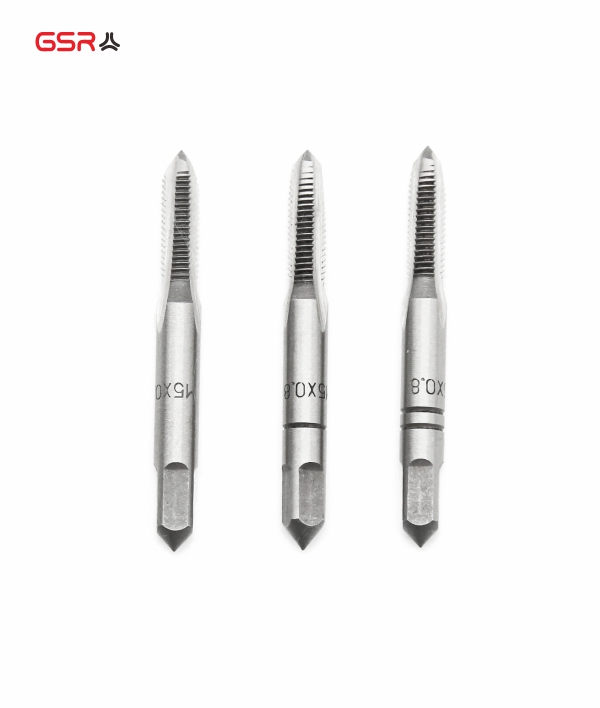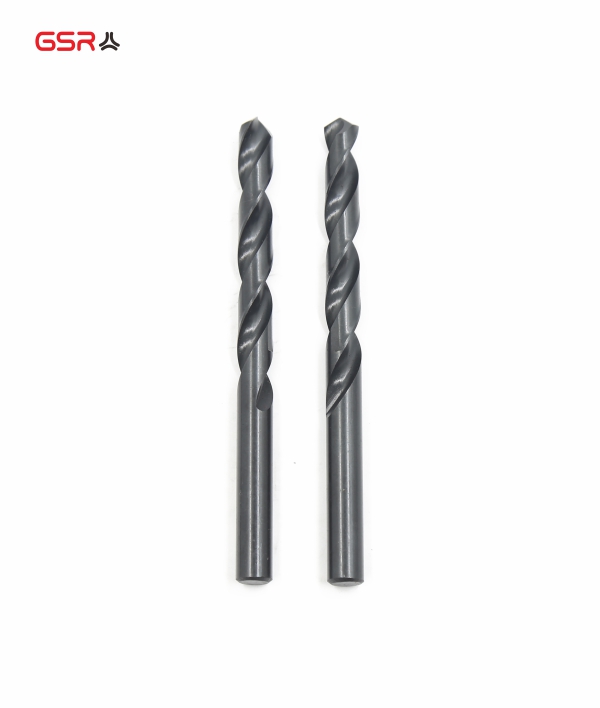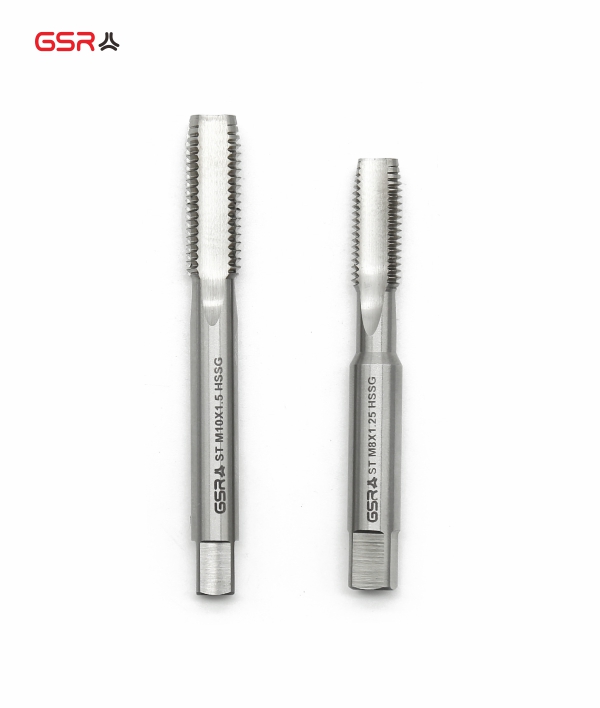What are the UN threads and their applications
The UN thread is a thread standard based on imperial dimensions developed by the United States, the United Kingdom, Canada, etc. It is called the Unified Thread.
It is used to call them American threads (because they are commonly used in the USA, while the UK still mostly uses their self-contained thread, that is : the British BS thread).
Unified threads are available in coarse threads (UNC), fine threads (UNF), extra fine threads (UNEF), special pitch threads (UNS), fixed pitch threads (4UN, 6UN, 8UN, 12UN, 16UN, 20UN, 28UN, 32UN, etc.), depending on the pitch of the threads (teeth per inch).
Uniform threads are generally labelled as:
Unified National Coarse: 3/8-16 UNC-2B
Unified National Fine: 3/8-24 UNF-2B
Unified National Extra Fine: 3/8-32 UNEF-2B
Unified Constant Pitch: 3/8-20 UN-2B
The first digit, 3/8, indicates the major diameter of the thread in inches. To convert to metric units of mm multiply by 25.4, i.e. 3/8 x 25.4 = 9.525mm;
The second and third digits 16, 24, 32, and 20 are the number of teeth per inch i.e. TPI (Threads Per Inch over a length of 25.4mm);
The text designations UNC, UNF, UNEF, UN after the third digit are series designations, and the last two digits, 2B, are the tolerance (as in 6H 7H for the M series).
How to measure the pitch? Use the GSR made pitch gauge
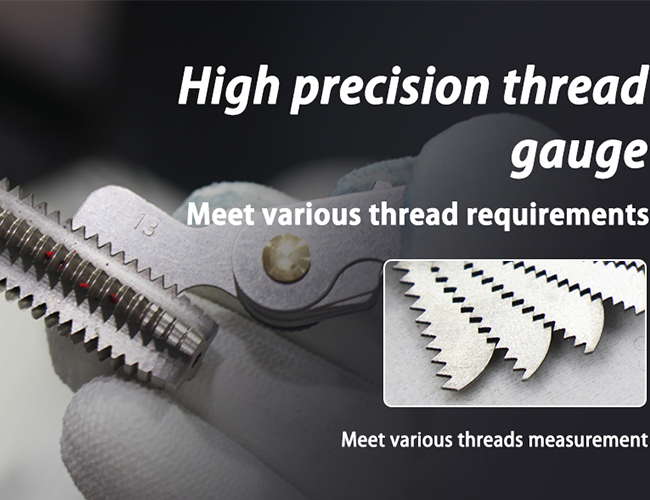
Calculation of the core hole of a thread:
For cutting taps, the core hole formula: S = (D - % * 0.01299 / TPI) * 25.4 which S for the core hole diameter, D for the thread diameter, % for the fullness of the tooth, generally take 75% -80%
Take 3/8-16 UNC-2B thread as an example, its core hole S = (0.375-75*0.01299/16)*25.4=7.98 (where 0.375 is 3/8)
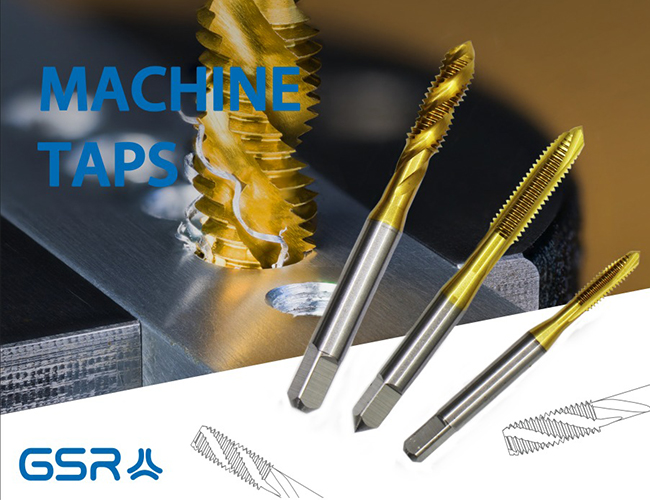
For forming tapping, the core hole formula: S = (D - % * 0.0068 / TPI) * 25.4 where S is the core hole diameter, D is the thread diameter, % of the fullness of the tooth, generally take 75% -80%
Taking the 3/8-16 UNC-2B thread as an example, the core hole S = (0.375-75*0.0068/16)*25.4 = 8.72 (where 0.375 means 3/8)
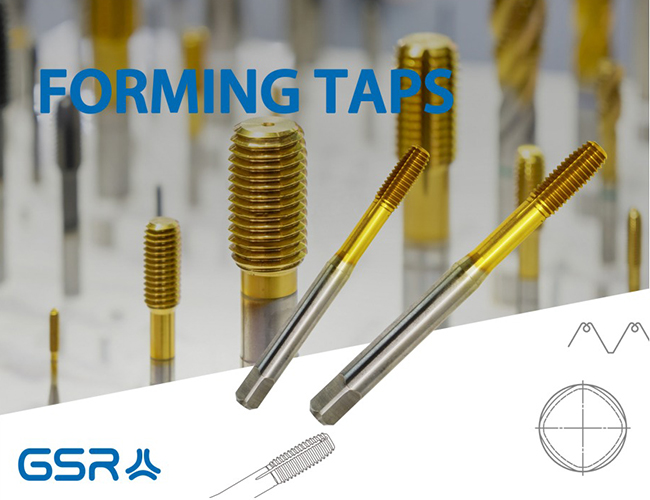
What is a UNF Thread?
UNF threads are characterized by a fine pitch and a smaller helix angle. Essentially, a fine pitch means more threads per unit length than a thread with a coarser pitch. The fine pitch gives UNF threads excellent vibration resistance and high tensile strength. In terms of thread form, UNF conforms to the Unified Thread Standard (UTS) and is characterized by a side angle of 60 degrees.
Applications
UNF threads are typically used in applications requiring high precision and high load capacity. Due to their vibration resistance, UNF threads are often used in dynamic hydraulic systems such as mobile equipment and aviation hydraulics. In addition, their high tensile strength makes them suitable for high-pressure systems. Another common application is in miniature components where space is limited but performance cannot be compromised.
Advantages of UNF threads
High tensile strength: The fine pitch and robust thread form contribute to high tensile strength, making UNF threads popular for applications requiring ruggedness.
Vibration resistance: UNF threads offer better resistance to vibration loosening than coarser threads, which is very desirable in dynamic hydraulic systems.
Precision: Fine pitch allows for more precise adjustments, which is critical in applications where precise tolerances are required.
Excellent sealing capability: The design features of UNF threads contribute to excellent sealing, minimizing the chance of leakage in hydraulic systems.
Limitations of UNF threads
Complicated assembly: Due to their fine pitch, they must be assembled carefully to avoid the risk of cross-threading or over-tightening.
Cost: Higher manufacturing accuracy results in higher costs, an important consideration for applications with lower budgets.
Limited availability: Not all hydraulic components are available with UNF threads, sometimes they need to be used in conjunction with adapters or other components.
What is a UNC Thread?
UNC threads are characterized by a coarse pitch and are the most common threads for general-purpose fasteners.UNC threads are characterized by a low number of threads per unit length, which facilitates assembly and disassembly.UNC threads conform to the Unified Thread Standard (UTS), and have a 60-degree flank angle like their UNF counterparts.UNC threads have been developed to meet the requirements of the Unified Thread Standard (UTS) and have a 60-degree flank angle.
Applications
UNC threads are used in a wide range of applications where quick assembly and disassembly is required. This includes maintenance-intensive hydraulic systems and general-purpose applications in industrial machinery. Due to their design, UNC threads are often used in larger-sized hydraulic components. In addition, UNC threads are often used in systems where vibration is not a concern, but where assembly is simple.
Advantages of UNC Threads
Ease of assembly and disassembly: The thicker pitch simplifies assembly, making it faster and less likely to cross-thread.
Cost-effective: UNC threads are generally less expensive to manufacture than fine threads.
Availability: Because UNC threads are so widely used, they are readily available, which reduces lead time for parts procurement.
Versatility: UNC threads are versatile in both general and specialized hydraulic applications.
Limitations of UNC threads
Lower vibration resistance: A thicker pitch reduces vibration resistance, making UNC threads less suitable for dynamic hydraulic systems.
Poor sealing ability: Coarse threads may not seal as well as fine threads, increasing the potential for leaks in high-pressure systems.
Lower load capacity: While thicker threads are easier to assemble, they do not have the same load capacity as fine threads, which may limit their use in high-pressure environments.
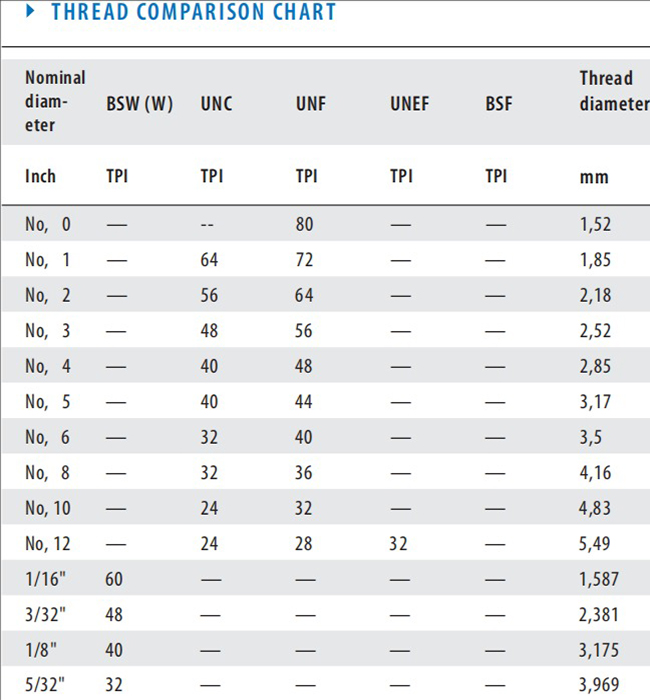
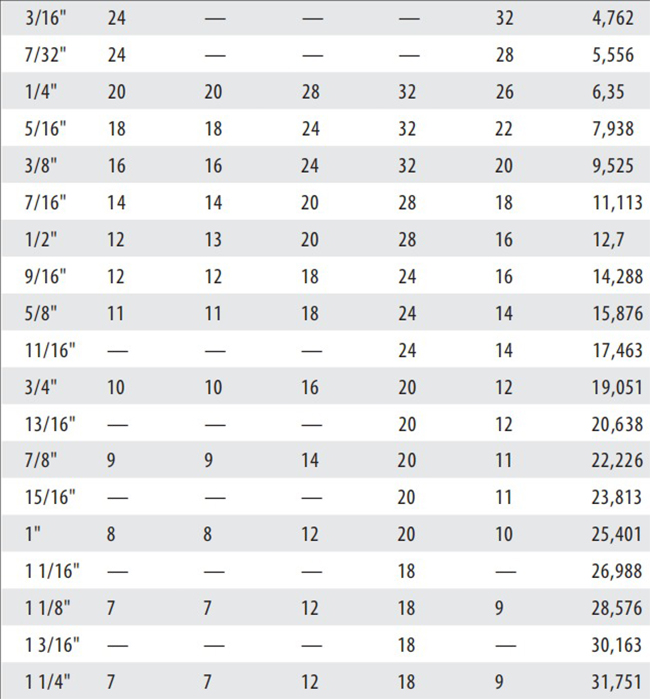
For more details, please visit us at www.gsrthreads.com






